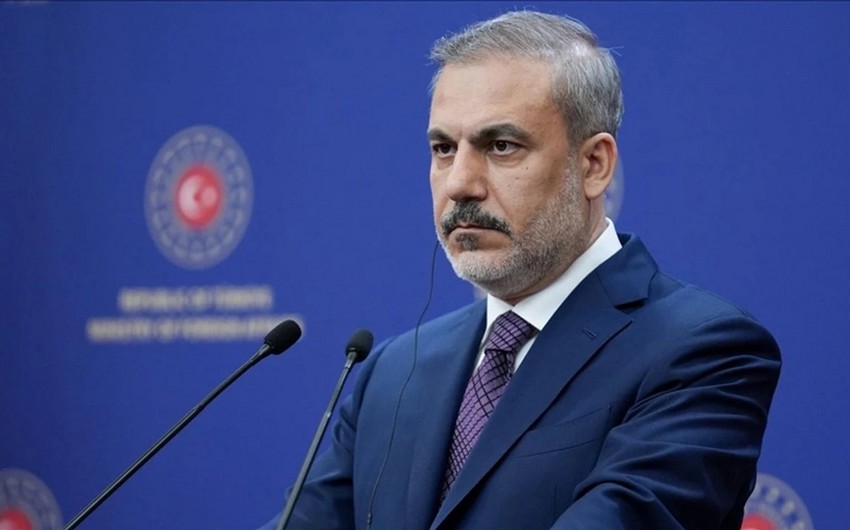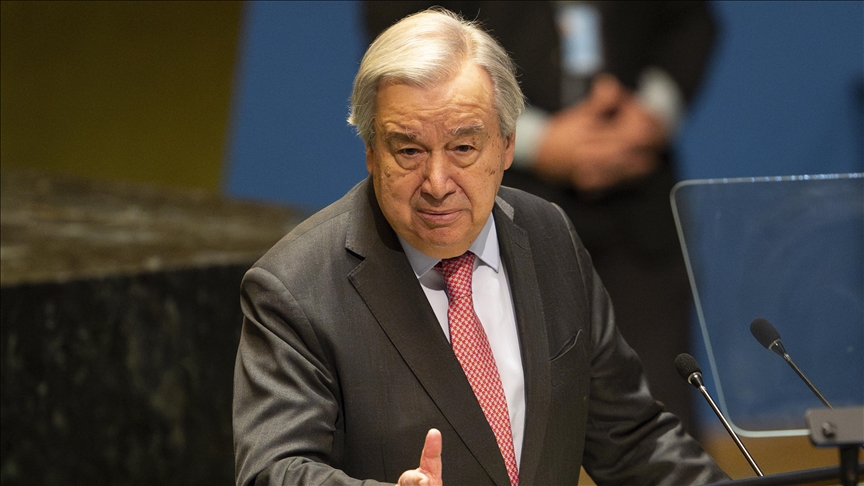According to EDnews, every year on April 22, the world celebrates International Mother Earth Day. This day was established by the United Nations General Assembly during its 63rd session in 2009.
Miguel d’Escoto Brockmann, President of the 63rd session of the General Assembly, noted that the resolution recognizes that the Earth and its ecosystems are our home and that they provide life for humanity. It also reaffirms the commitments made at the 1992 United Nations Conference on Environment and Development in Rio de Janeiro. Therefore, it is essential to promote harmony with nature and the planet in order to meet the economic, social, and environmental needs of present and future generations.
The resolution also states that the term “Mother Earth” is widely accepted in many countries, reflecting the interdependence between the planet, its ecosystems, and humanity. The General Assembly invites all member states, international organizations, and NGOs to observe International Mother Earth Day, noting that it is already celebrated annually in many countries.
Earth Day takes place in spring in the Northern Hemisphere and autumn in the Southern Hemisphere. The main goal of this global campaign is to draw attention to the problems of the Earth, especially environmental issues, and to raise awareness about the difficult tasks humanity faces in protecting the planet.
Earth is estimated to be about 4.5 billion years old. If you were to walk around the equator, you would need to cover approximately 40,010 kilometers.The hottest places on Earth include Death Valley in California and El Azizia in Libya. El Azizia holds a record of 57.8°C, while Death Valley recorded 55.8°C.The coldest place on Earth is Antarctica, where the lowest temperature of -89°C was recorded at the Vostok research station on July 21, 1983.
Earth is rich in mineral resources. Scientists have identified nearly 4,000 types of minerals, about 200 of which have practical value. Every year, 50 to 100 new mineral types are discovered. Earth has one natural satellite—the Moon, visible to the naked eye.
The tradition of celebrating Earth Day began in the United States in 1970 and has since become an international event. Each year, Earth Day is dedicated to a specific theme. This year’s theme is “Our Planet, Our Power.”Currently, nature is under significant threat. Ocean acidification due to plastic pollution, climate change, human activity, deforestation, land use change, intensive agriculture and livestock, and poaching are accelerating the planet’s destruction.
Ecosystems support all life on Earth. The healthier our ecosystems are, the healthier our planet and its people will be. Restoring damaged ecosystems can help eliminate poverty, combat climate change, and prevent mass loss of life. International Earth Day reminds us that our existence is indebted to the planet and its ecosystems.Earth Day provides an opportunity for every resident of our planet to express gratitude to our shared home.
Every year, scientists from around the world gather on this day to discuss global environmental issues. Different countries organize various events dedicated to specific themes, including conferences, exhibitions, halting traffic in major cities, cleanup campaigns, and tree planting initiatives.
On April 22, 2025, the 55th anniversary of Earth Day is being celebrated. Events in honor of this day span 192 countries and involve over one billion people, demonstrating Earth Day’s enduring call to unite people from all walks of life in working together for a better future.
Madina Mammadova\\EDnews










